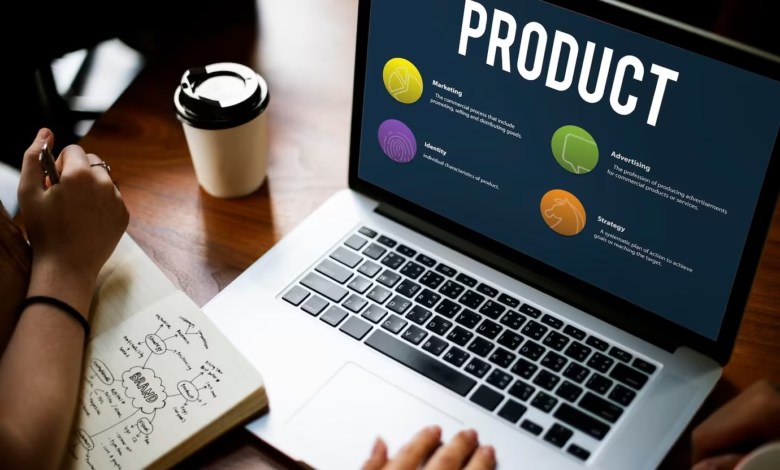5 Usability Testing Methods to Test Your Product

Usability testing is one of the major development stages in any product, and knowing how easy it is to use can prove helpful for businesses. Testing the product on real users can be a very effective method for early diagnosis of potential issues and improvement accordingly. There are many usability testing methods with different understandings of user behavior. We will discuss five good methods with which you can test the usability of your product.
- Remote Usability Testing: Participants test the product from a remote location. Such a method is quite convenient to users because they perform tasks without the pressures of urgency; they can test at his own pace that suits them. Testing is especially helpful when testing users from different regions. You usually ask the tester to do it over thoughts or on written feedback; thereby you get all the information you need without scheduling an in-person meeting.
- Moderated Usability Testing: The two primary mediums used are in-person and video calls for moderated usability testing. A moderator will lead a participant to perform certain tasks and monitor how he or she reacts to those actions. This type of technique tends to bring out deeper perceptions because the moderator can get follow-up questions that reflect on what they see in real-time. Ideally, it is when you want the participant to speak on your behalf through their thought process as they get the idea of navigating through your product. The moderator can further explain the confusion, which may ensure that the participant’s feedback is correct.
- A/B Testing: A/B testing works by comparing two versions of a product based on which one fares better. Essentially, the service divides the group of users into different groups and places them in utilizing different versions. The purpose serves to identify which design improves the user’s experience. Ultimately, this tool identifies the ideal design changes through clear, actionable information about what works best for any target audience. This would be very helpful to run A/B testing tests with slight variations and the product components such as buttons or call-to-action texts to position the layout better.
- Card Sorting: Card sorting is a way of testing how users might group and categorize information. The number of cards representing a piece of content or feature in the product is handed to the participant, who will then be required to sort them into categories that make sense to him or her. This activity is primarily used to find out how the users think about the structure and organization of your product. Mainly used for enhancing the navigation, information architecture, and labeling systems of a product.
- Guerrilla Usability Testing: It is an inexpensive and time-effective process of usability testing that may be conducted anywhere from coffee houses to libraries. Users are normally recruited on the spot and are tested informally. Its principal objective is the achievement of rapid honest feedback by actual users. It does not provide much insight, but it is a good way to test basic usability and get a feel for how your product is received by the general public.
Conclusion
Through methods that use remote testing, moderated testing, A/B testing, card sorting, and guerrilla testing, you’ll find the problems and improve user experience. Gathering usability testing examples helps you in the right decision and improvement of the product that is well suited to cater to users’ needs.




